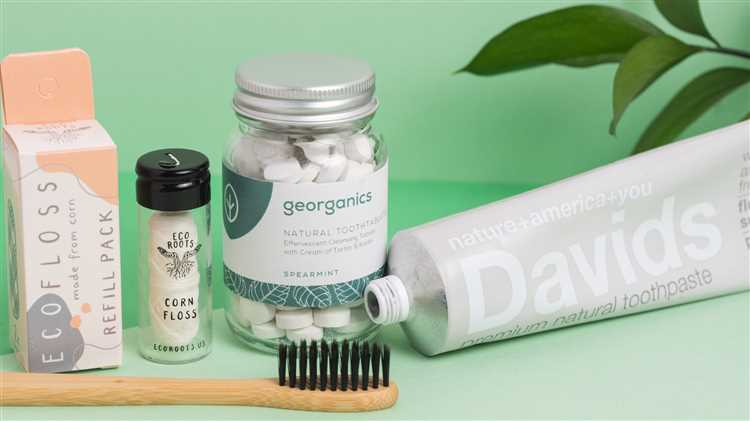
Toothpaste is a staple product in most households and is used daily by millions of people around the world. However, while it may be essential for oral hygiene, it is important to recognize the harmful impact it can have on the environment.
One major concern is the packaging of toothpaste. Most toothpaste tubes are made of a combination of plastic and aluminum, which are not easily recyclable. As a result, millions of toothpaste tubes end up in landfills every year, contributing to the already alarming problem of plastic pollution. The plastic used in toothpaste tubes can take hundreds of years to decompose, which means it will continue to pollute the environment for generations to come.
Another issue is the use of microplastics in toothpaste formulations. Microplastics are tiny particles of plastic that are less than 5mm in size. They are commonly used in toothpaste as abrasives to help remove plaque and stains from teeth. However, these microplastics are too small to be filtered out by wastewater treatment plants and often end up in rivers, lakes, and oceans.
Once in the environment, microplastics can be ingested by marine animals and enter the food chain, posing a serious threat to aquatic life. In addition, research has shown that microplastics can absorb toxic chemicals from the surrounding environment, which means that they have the potential to contaminate the food we eat and the water we drink.
In conclusion, while toothpaste is an important product for maintaining oral health, its harmful impact on the environment cannot be ignored. From the non-recyclable packaging to the use of microplastics, toothpaste contributes to the problem of plastic pollution and poses a threat to aquatic life and human health. It is crucial for manufacturers, governments, and consumers to take action to find more sustainable alternatives and ensure that toothpaste has a minimal environmental impact.
- The Impact of Toothpaste on the Environment
- 1. Chemical Pollution
- 2. Water Consumption
- 3. Waste Generation
- The Plastic Problem
- Chemical Pollution
- The Effects of Chemical Pollution
- Sustainable Alternatives
- Waste Generation
- Packaging Waste
- Remains of the Product
- Improper Disposal
- Microplastics Contamination
- Regulations and Alternatives
- Conclusion
- Alternative Solutions
- Question-Answer:
- How is toothpaste harmful for the environment?
- What are microbeads?
- How does triclosan in toothpaste harm the environment?
- What are some eco-friendly alternatives to traditional toothpaste?
The Impact of Toothpaste on the Environment
Toothpaste, a product that is a staple in most households, has a significant impact on the environment. From production to disposal, every step of the toothpaste’s lifecycle can contribute to pollution and harm to the ecosystem. Here are some key ways in which toothpaste affects the environment:
1. Chemical Pollution
Most toothpaste contains a variety of chemicals, such as triclosan, fluoride, and sodium lauryl sulfate, that can be harmful to the environment when they are released into water systems. These chemicals can disrupt aquatic ecosystems and harm marine life. Additionally, some toothpaste packaging contains harmful materials like plastic that can contaminate the environment if not properly disposed of.
2. Water Consumption
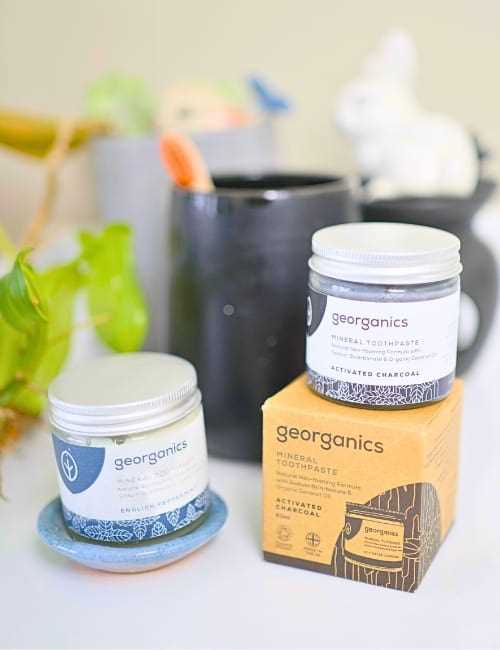
The production of toothpaste requires a significant amount of water. From sourcing the ingredients to manufacturing and packaging, water is used in various stages of production. This can contribute to water scarcity in areas where water resources are already limited, leading to further environmental damage and disruption of ecosystems.
3. Waste Generation
Every year, millions of tubes of toothpaste are disposed of, adding to the already massive amount of waste generated globally. Toothpaste tubes are often difficult to recycle because they are made of a combination of plastic and aluminum. This means that many toothpaste tubes end up in landfills or incinerators, contributing to pollution and environmental degradation.
| Impact | Solution |
|---|---|
| Chemical pollution | Look for toothpaste brands that use natural and eco-friendly ingredients. Dispose of toothpaste packaging properly by recycling or using eco-friendly alternatives. |
| Water consumption | Conserve water in your daily routine and support toothpaste brands that have water-efficient manufacturing processes. |
| Waste generation | Switch to alternative toothpaste formats, such as toothpaste tablets or recyclable toothpaste tubes. Properly recycle toothpaste tubes or consider using a toothpaste tube squeezer to get the most out of the product. |
By being mindful of the impact of toothpaste on the environment and making conscious choices, we can reduce the harm caused by this everyday product and contribute to a healthier planet.
The Plastic Problem
Plastic is a ubiquitous material in our modern world. It is lightweight, durable, and versatile, making it ideal for a wide range of uses. However, the convenience of plastic comes at a high cost to the environment.
One of the major issues with plastic is its longevity. It takes hundreds, if not thousands, of years for plastic to decompose naturally. This means that every piece of plastic ever produced is still somewhere on Earth, either in landfills or in our oceans.
Plastic pollution has become a global crisis, with devastating effects on wildlife and ecosystems. Turtles mistake plastic bags for jellyfish and choke on them, birds get tangled in plastic six-pack rings, and marine life suffers from ingesting microplastics.
Furthermore, the production of plastic requires fossil fuels, contributing to greenhouse gas emissions and climate change. The extraction and processing of these fuels also lead to habitat destruction and pollution.
Efforts are being made to combat the plastic problem, such as recycling initiatives and the development of biodegradable alternatives. However, consumer habits also need to change to reduce plastic waste. Reusable water bottles, cloth shopping bags, and avoiding single-use plastics can all make a difference.
Education and awareness are crucial in addressing this issue. By understanding the impact of plastic pollution and taking action to reduce our reliance on plastic, we can work towards a cleaner and healthier environment for future generations.
Chemical Pollution
Chemical pollution is a significant issue caused by the use of toothpaste. Many toothpaste brands contain harmful chemicals that can have a negative impact on the environment. These chemicals can be released into water systems, polluting rivers, lakes, and oceans.
One common harmful chemical found in toothpaste is triclosan. Triclosan is an antimicrobial agent that is used to kill bacteria in the mouth. However, when triclosan is washed down the drain after brushing, it can accumulate in the environment and has been found in high concentrations in water sources. Studies have shown that triclosan is harmful to aquatic life, disrupting hormone function and affecting the growth and development of aquatic organisms.
Another chemical of concern is sodium lauryl sulfate (SLS), which is used as a foaming agent in toothpaste. SLS is easily absorbed by aquatic organisms and can have toxic effects. It can also contribute to the pollution of water sources and harm the biodiversity of aquatic ecosystems.
The Effects of Chemical Pollution
Chemical pollution from toothpaste can have various effects on the environment. The contamination of water sources with harmful chemicals can lead to the death of aquatic animals and plants. It can also disrupt the balance of ecosystems and reduce biodiversity.
Furthermore, the accumulation of these chemicals in the environment can have long-term effects. They can bioaccumulate in the food chain, with organisms higher up in the food chain ingesting larger quantities of the chemicals. This can pose risks not only to aquatic life but also to humans who consume contaminated seafood.
Sustainable Alternatives
To reduce chemical pollution, it is important to consider alternative toothpaste options. Natural toothpaste brands that use organic and biodegradable ingredients are becoming more widely available. These toothpastes are free from harmful chemicals and do not contribute to chemical pollution when washed down the drain.
By choosing natural toothpaste and being mindful of the products we use, we can help protect the environment from chemical pollution and promote sustainability.
Waste Generation
Toothpaste, although a small product, contributes to a significant amount of waste generation. This waste comes from various sources, including the packaging, the remains of the product, and the improper disposal of toothpaste tubes.
Packaging Waste
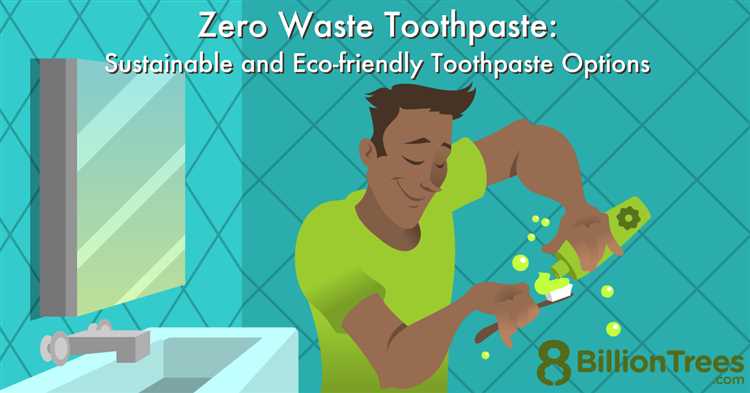
The packaging of toothpaste is usually made of plastic, which adds to the global plastic waste problem. As toothpaste tubes are typically not recyclable due to the mix of materials used, the plastic packaging often ends up in landfills or oceans. This packaging waste can take hundreds of years to decompose, polluting the environment and harming wildlife in the process.
Remains of the Product
When brushing our teeth, we tend to use more toothpaste than necessary. This excess toothpaste, along with the residue left on the toothbrush, gets washed down the drain and enters the water system. The chemicals and substances present in toothpaste, such as fluoride and microbeads, can be harmful to aquatic life and ecosystems.
Furthermore, when toothpaste tubes are not properly rinsed before disposal, the remaining toothpaste can contaminate recycling streams, making the recycling process more challenging and sometimes even impossible.
Improper Disposal
Many people do not know how to properly dispose of toothpaste tubes, leading to improper disposal methods. Toothpaste tubes are often thrown in the regular trash or flushed down the toilet, contributing to pollution and waste accumulation. The tubes can end up in landfills, where they will not decompose, or in water bodies, where they can harm marine life.
Overall, the waste generated by toothpaste, both through packaging and product remains, contributes to environmental pollution and harms the planet’s ecosystems. It is essential to raise awareness about proper disposal methods and shift towards more sustainable alternatives to reduce the environmental impact of toothpaste waste.
Microplastics Contamination
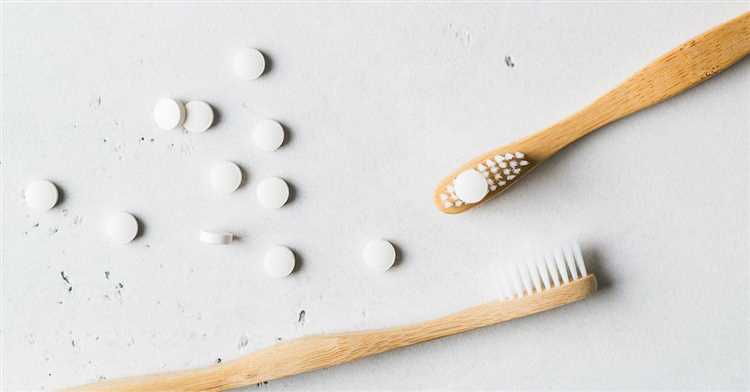
One of the major concerns regarding toothpaste and its impact on the environment is the issue of microplastics contamination. Microplastics are small plastic particles that are less than 5mm in size. These particles come from various sources, including industrial waste, microbeads in personal care products, and even the abrasives used in toothpaste.
When toothpaste is used and rinsed off, the microplastic particles contained in it can enter the water supply and eventually end up in our oceans and rivers. These tiny particles are not biodegradable and can persist in the environment for hundreds of years. As a result, they pose a significant threat to marine life and ecosystems.
Microplastics are often mistaken for food by marine animals, such as fish and turtles, and can lead to digestive issues and even death. Additionally, these particles can accumulate toxic chemicals from the environment, such as pesticides and heavy metals, and can transfer these chemicals to the marine organisms that ingest them. This can have harmful effects on both the animals and humans who consume seafood.
Regulations and Alternatives
Due to growing concerns about microplastics contamination, some countries have started implementing regulations to restrict the use of microplastics in personal care products, including toothpaste. For example, the United States banned the use of microbeads in rinse-off cosmetics in 2015.
As consumers become more aware of the environmental impact of toothpaste, companies are also developing alternative products. Some toothpaste brands now offer plastic-free or microplastic-free formulas, which use natural abrasives like baking soda or calcium carbonate to clean teeth without causing harm to the environment.
Conclusion
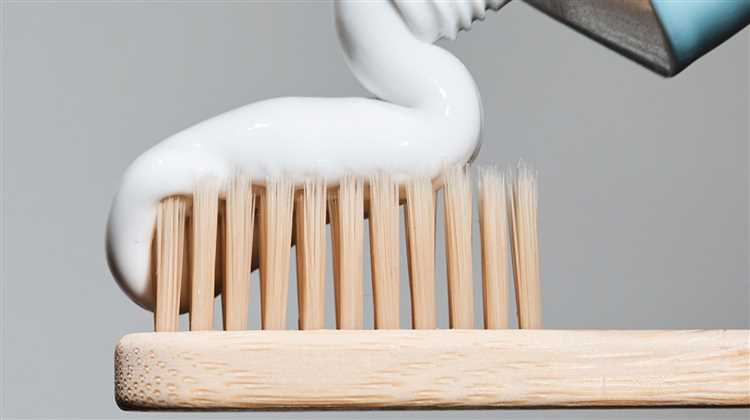
Microplastics contamination from toothpaste is a significant problem that contributes to the pollution of our oceans and harms marine life. It is essential for consumers to choose toothpaste brands that are mindful of their environmental impact and opt for products that are free from microplastics. Additionally, supporting regulations that restrict the use of microplastics in personal care products can help mitigate this issue and protect our ecosystems.
Alternative Solutions
While toothpaste is harmful to the environment due to its plastic packaging and chemical ingredients, there are alternative solutions that are more environmentally friendly. One option is to switch to toothpaste tablets. These tablets come in a plastic-free packaging and are made from natural and biodegradable ingredients. They work the same way as traditional toothpaste, but without the negative environmental impact.
Another alternative is toothpaste powder. This powder also comes in plastic-free packaging and is made from natural and organic ingredients. It can be applied to the toothbrush using a wet toothbrush or by dissolving it in water to create a paste. Toothpaste powder is a great option for those looking for a zero-waste alternative to traditional toothpaste.
There are also toothpaste brands that have started to offer refillable toothpaste tubes. These tubes are made from durable and reusable materials, reducing the need for single-use plastic. Users can simply purchase a refill pack and fill up their tube when it is empty. Refillable toothpaste tubes are a convenient and eco-friendly option for those who still prefer using traditional toothpaste.
Furthermore, some individuals have started to make their own toothpaste at home using simple ingredients such as baking soda, coconut oil, and essential oils. This allows them to control the ingredients and packaging, ensuring it is environmentally friendly. Homemade toothpaste is a sustainable option for those who are conscious of their environmental impact and want to reduce waste.
| Alternative Solutions | Advantages |
|---|---|
| Toothpaste tablets | Plastic-free packaging, biodegradable ingredients |
| Toothpaste powder | Plastic-free packaging, natural and organic ingredients |
| Refillable toothpaste tubes | Durable and reusable materials, reduces single-use plastic |
| Homemade toothpaste | Control over ingredients and packaging, reduces waste |
Question-Answer:
How is toothpaste harmful for the environment?
Toothpaste contains ingredients like microbeads and triclosan that are harmful for the environment. When we rinse our mouths after brushing our teeth, these ingredients go down the drain and end up in water bodies, harming marine life and ecosystems.
What are microbeads?
Microbeads are tiny plastic particles that are used in toothpaste and other personal care products as exfoliants. These beads are so small that they easily pass through water treatment systems and end up in rivers, lakes, and oceans. Marine animals often mistake microbeads for food, leading to ingestion and resulting in negative health impacts.
How does triclosan in toothpaste harm the environment?
Triclosan is an antibacterial compound found in many toothpastes. It is toxic to aquatic organisms and can accumulate in the environment, posing a threat to marine life. Additionally, when triclosan combines with chlorine in tap water, it forms chloroform, a potential carcinogen.
What are some eco-friendly alternatives to traditional toothpaste?
There are several eco-friendly alternatives to traditional toothpaste, such as toothpaste tablets or powders packaged in recyclable materials. These products often have natural ingredients and are free from harmful chemicals, reducing their impact on the environment. Another option is making your own toothpaste using baking soda and essential oils.